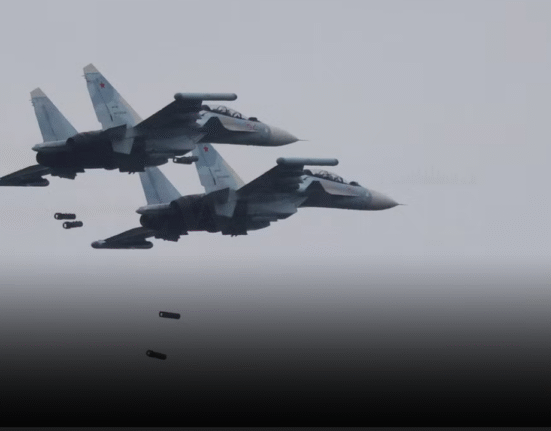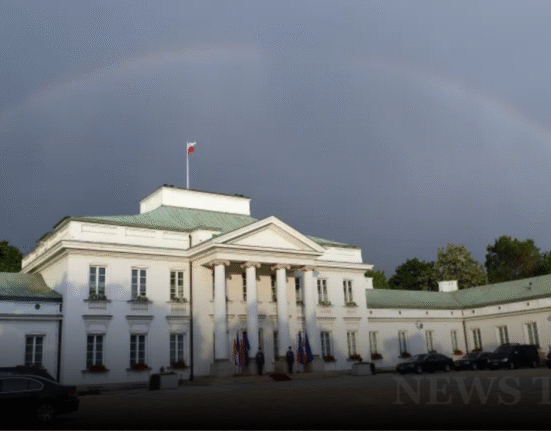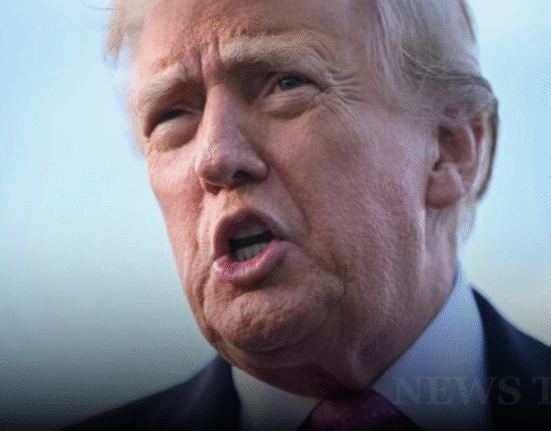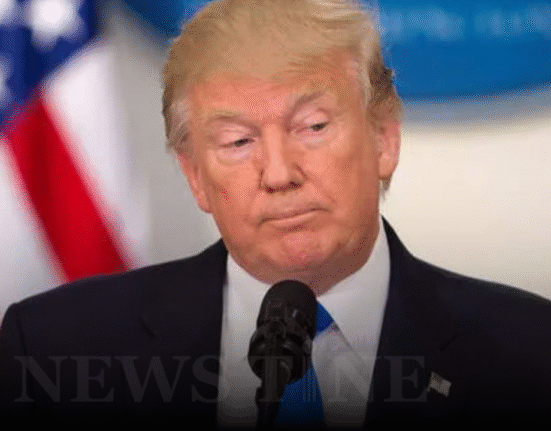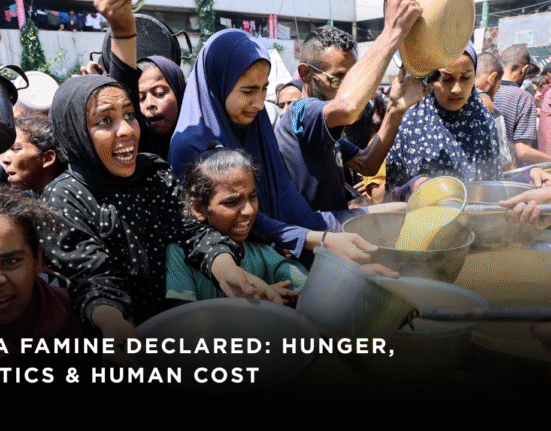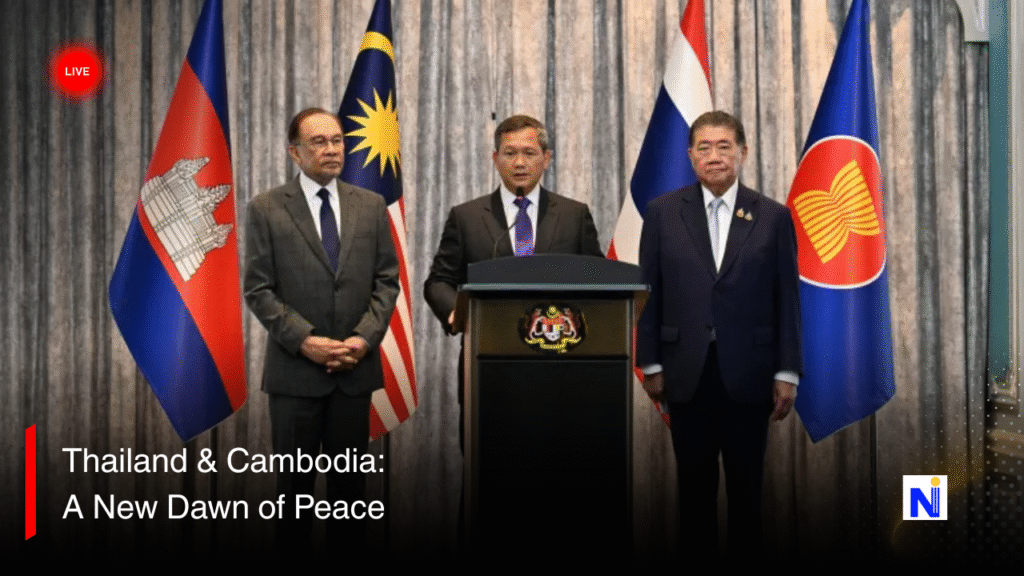
On the night of July 28, 2025, a weary region finally caught its breath. After days of deadly skirmishes along their shared frontier, Thailand and Cambodia agreed to “an immediate and unconditional ceasefire” beginning at midnight. The announcement in Putrajaya, Malaysia, marked a rare moment of unity in Southeast Asia—one that carries hopeful possibilities for millions living near the border. In this article, we unpack the Thailand Cambodia ceasefire, its key milestones, and why it deserves cautious optimism.
What Sparked the Border Clashes?Historical Context
- Shared heritage: The 803-kilometer boundary has shifted through centuries of empires and colonial rule.
- Key flashpoints: Disputes around Preah Vihear temple (UNESCO site) in 1962 and sporadic clashes in 2008 reignited dormant tensions.
July 2025 Escalation
According to the Thai Ministry of Defence, more than 20 soldiers and civilians on both sides were killed, and over 100 injured, in artillery exchanges and sniper fire during the first two weeks of July. Cambodian officials cited violations of sovereignty near the Oddar Meanchey province as the immediate trigger.
Five Signs This Ceasefire Could Hold
- Multilateral Mediation
- Malaysia’s Role: Prime Minister Anwar Ibrahim welcomed both delegations to Putrajaya and brokered the agreement.
- International Observers: The U.S. and China each dispatched envoys to ensure transparency, echoing ASEAN’s call for calm.
- High-Level Political Will
- Thai Prime Minister Srettha Thavisin stated, “No gain from continued bloodshed,” while Cambodian Premier Hun Manet declared, “Peace is the only path forward for our people.”
- Humanitarian Corridors
- Plans are underway to open three aid routes for displaced villagers, coordinated by the International Committee of the Red Cross.
- Joint Border Commission Reactivation
- A decades-old bilateral commission, dormant since 2018, will resume bi-monthly meetings to survey disputed tracts.
- Local Community Engagement
- Cross-border markets in Poipet (Cambodia) and Aranyaprathet (Thailand) reopened under UN guidelines, allowing traders to resume livelihoods.
Timeline of Key Events
| Date | Event |
|---|---|
| July 1, 2025 | First artillery exchange near Preah Vihear temple. |
| July 10, 2025 | Cambodian troops advance 2 km into Thai territory. |
| July 15, 2025 | Thailand closes two border checkpoints. |
| July 28, 2025 | Ceasefire agreement signed in Putrajaya at midnight. |
| August 5, 2025† | First joint commission meeting scheduled (tentative). |
†Tentative date for resumed border talks.
The Human Cost and a Path to Healing
Across both sides of the border, entire villages were forced to flee.
- Displacement figures: Over 15,000 people sought refuge in temporary camps, according to the UN High Commissioner for Refugees (UNHCR external link).
- Economic toll: Local rice farmers reported up to a 40% loss in seasonal output after fields became battlefields.
H3: Voices from the Ground
“We danced at weddings on that land. Now we hide in tents,”
— Mrs. Kheang Savy, Poipet resident
“Our children dream of school again, not bombs,”
— Mr. Somchai Prasert, Aranyaprathet teacher
What Comes Next? Challenges & Opportunities
Verification and Monitoring
Establishing a neutral monitoring team is crucial. Suggestions include:
- Joint military observers
- ASEAN Peacekeeping experts
- Satellite imagery via UNOSAT
Strengthening Cross-Border Ties
- Cultural exchanges: Joint festivals to heal community rifts.
- Infrastructure projects: Upgrading roads and clinics on both sides to demonstrate goodwill.
The Thailand Cambodia ceasefire is not just ink on paper—it’s a fragile hope for thousands whose lives were upended by conflict. While past agreements have faltered, the combination of strong political will, multilateral oversight, and grassroots engagement gives this pact a fighting chance. Share your thoughts in the comments!


